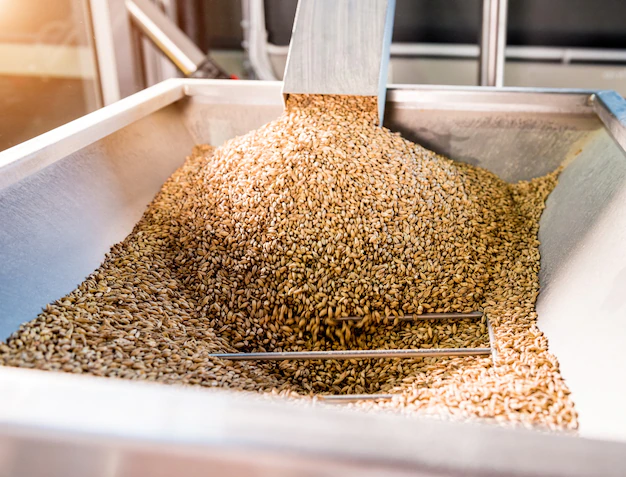Grain dryers play a crucial role in post-harvest management by removing moisture from freshly harvested grains. After crops are harvested, they typically contain high moisture content, which can lead to spoilage, mold growth, and the proliferation of insects and pests. Grain dryers address these issues by reducing the moisture content to a safe level, ensuring the quality and longevity of the grains. Here are some key roles and benefits of grain dryers in post-harvest management:
- Moisture removal: Grain dryers use various methods such as hot air, natural air, or a combination of both to extract excess moisture from grains. This helps prevent microbial growth, enzymatic activity, and the development of mycotoxins, which can degrade the grain quality.
- Preservation: By reducing moisture content, grain dryers help preserve the nutritional value and quality of the harvested grains. Properly dried grains can be stored for longer periods without deterioration, reducing the risk of spoilage and financial losses for farmers.
- Insect and pest control: Many insects and pests thrive in moist environments. By drying the grains, grain dryers create unfavorable conditions for their survival and reproduction. This reduces the risk of infestation and helps protect the grains from damage caused by insects and pests.
- Uniform drying: Grain dryers ensure uniform moisture removal throughout the grain mass. This is important to prevent moisture gradients within the grains, which can lead to uneven drying, spoilage, and loss of quality.
- Time efficiency: Harvesting often occurs during a limited window of time, and adverse weather conditions can further delay the process. Grain dryers help expedite the drying process, allowing farmers to quickly dry their grains and move on to other post-harvest activities.
- Value addition: Properly dried grains have higher market value compared to moist or damaged grains. Grain dryers enable farmers to achieve the desired moisture levels for optimal quality, making their produce more marketable and fetching better prices.
- Flexibility: Different types of grain dryers are available to accommodate various grain types, quantities, and local conditions. This allows farmers to choose a suitable drying method based on their specific needs and resources.
It’s important to note that the use of grain dryers should be accompanied by good storage practices, such as using appropriate storage containers, monitoring grain quality, and implementing pest control measures. By integrating grain dryers into their post-harvest management strategies, farmers can minimize losses, maintain grain quality, and improve the profitability of their operations.
Join 'Farmers Mag' WhatsApp Channel
Get the latest Farming news and tips delivered straight to your WhatsApp
CLICK HERE TO JOIN






